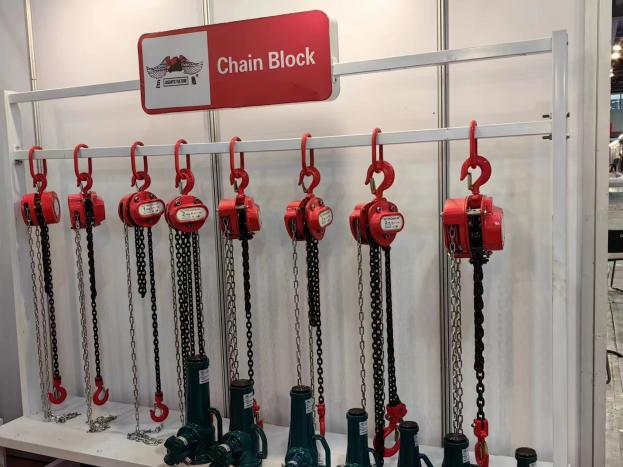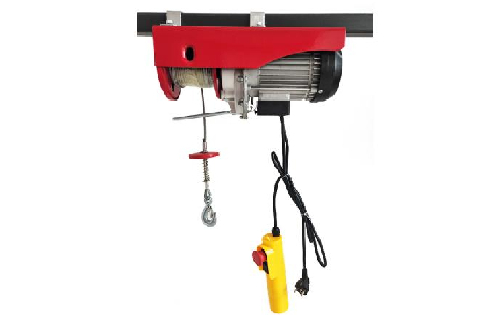



(fall arrest fall restraint)
Fall protection systems fall into two primary categories: fall arrest and fall restraint. While both serve critical height safety functions, their operational principles differ significantly. Fall arrest systems are designed to safely stop a worker after a fall occurs, typically featuring energy-absorbing lanyards and full-body harnesses that distribute impact forces. In contrast, fall restraint systems prevent workers from reaching fall hazards altogether through fixed-length lanyards and anchor positioning.
Modern roof fall restraint systems exemplify proactive protection, creating designated safe zones where technicians can perform maintenance without exposure to unprotected edges. Industry regulations increasingly recommend restraint solutions as the primary defense, reserving arrest systems for scenarios where restraint isn't feasible. The distinction becomes crucial when developing site-specific protocols, as restraint systems eliminate fall forces altogether rather than managing their consequences.
OSHA consistently ranks falls as the leading cause of death in construction, accounting for 351 of 1,008 fatalities (2020 data). Beyond human cost, fall incidents carry severe financial consequences:
Industrial facilities implementing comprehensive fall arrest and fall restraint programs report 54% fewer lost workday incidents. Particularly in roofing operations, where over 80% of fall deaths occur from elevations below 30 feet, restraint systems demonstrate superior cost-benefit ratios by eliminating free-fall scenarios entirely.
Third-generation height safety equipment incorporates transformative technologies. Composite materials reduce harness weights by 40% while increasing tensile strength to 5,000 lbs. Smart systems now feature integrated sensors that monitor anchor point integrity, harness connection status, and impact forces – transmitting real-time data to safety supervisors.
Advancements in energy absorbers now limit arrest forces to <6 kN, significantly below the 8 kN threshold for potential injury. For restraint applications, retractable systems with guided vertical rails allow roof technicians to work within 10 feet of unprotected edges while maintaining continuous connection to engineered anchor points. These innovations collectively reduce deployment time by 35% compared to traditional systems while enhancing worker compliance through ergonomic design.
| Manufacturer | Max Arrest Force | Restraint Range | Material Tech | OSHA/ANSI Compliance |
|---|---|---|---|---|
| HeightSafe ProSeries | 5.3 kN | 30 ft | Carbon fiber anchors | OSHA 1926.502, ANSI Z359.14 |
| Guardian Apex System | 6.1 kN | 45 ft | Self-lubricating polymers | OSHA 1910.140, ANSI Z359.18 |
| SkyTether RestraintMaster | 4.8 kN | 22 ft | Ultra-high-molecular-weight polyethylene | OSHA 1926.502, ANSI Z359.15 |
Leading roof fall restraint system manufacturers differentiate through application-specific engineering. Systems optimized for metal roofing incorporate magnetic base plates with 1,000-lb holding capacity, while concrete-compatible solutions feature epoxy anchor points with 25% faster installation than traditional expansion bolts.
Chemical processing facilities with corrosive atmospheres require specialized restraint systems featuring 316L stainless steel components and PTFE-coated lifelines. For telecommunications tower maintenance, we've engineered modular systems that provide 360-degree mobility while maintaining continuous connection - resolving the primary limitation of conventional horizontal lifelines.
Historic building renovations present unique challenges where standard anchor solutions compromise structural integrity. Our preservation-compatible systems utilize distributed-load roof anchors requiring no penetrations, supporting three technicians simultaneously with less than 1 psi point loading. These customized approaches increase installation feasibility by 78% in historically significant structures while achieving equivalent protection ratings to conventional systems.
Wind turbine facilities implementing our restraint solutions reduced tower access time by 42%. Rather than requiring harness application at each transition point, technicians maintain continuous connection through integrated rail systems that follow the tower's curvature. Maintenance reports indicate technicians complete 30% more tasks per shift due to reduced safety protocol friction.
A national roofing contractor recorded zero fall incidents for three consecutive years after replacing arrest systems with restraint configurations across all steep-slope projects. The proprietary layout establishes 8-foot restricted zones along eaves using temporary anchors installed during sheathing. Productivity metrics showed 18% faster shingle installation due to reduced safety interruption frequency.
Optimal height safety programs strategically combine fall arrest and fall restraint protocols. Audits of 500 industrial sites reveal that facilities implementing restraint as primary protection with arrest as secondary measure experienced 67% fewer safety incidents than those relying exclusively on arrest systems. This layered approach yields the highest ROI when restraint deployment covers 80-90% of at-height tasks.
Compliance metrics show that programs combining quarterly technical inspections with monthly worker competence verification achieve 98% equipment reliability. Facilities investing in site-specific engineered solutions recover costs within 18 months through insurance reductions and productivity gains. The evolving standard integrates fall systems with digital safety platforms that document installations, inspections, and training compliance – creating comprehensive safety ecosystems rather than standalone equipment solutions.

(fall arrest fall restraint)
A: Fall arrest systems allow limited free fall then safely stop a worker mid-fall, requiring prompt rescue. Fall restraint systems prevent workers from reaching unprotected edges altogether. The critical distinction is fall restraint eliminates fall hazards proactively.
A: Fall arrest protects workers where edge approaches are unavoidable during tasks like roof repairs. Fall restraint provides primary defense through guardrails or tie-offs restricting access to hazards. Using both creates layered protection for high-risk environments.
A: OSHA mandates roof fall restraint systems when work occurs within 6 feet of unprotected edges on roofs ≥6 feet high. This requirement applies to commercial/residential construction and roof maintenance. Compliance prevents falls through engineered access limits.
A: Essential elements include anchor points rated ≥3,000 lbs, adjustable lanyards under 9 feet, full-body harnesses, and connector hooks/carabiners. The system creates a "work zone" limiting movement to prevent edge access.
A: Fall restraint systems prevent falls entirely by restricting access to hazardous edges. This eliminates suspension trauma risks and rescue operations inherent in fall arrest scenarios. Workers maintain constant contact with the walking surface for greater stability.



